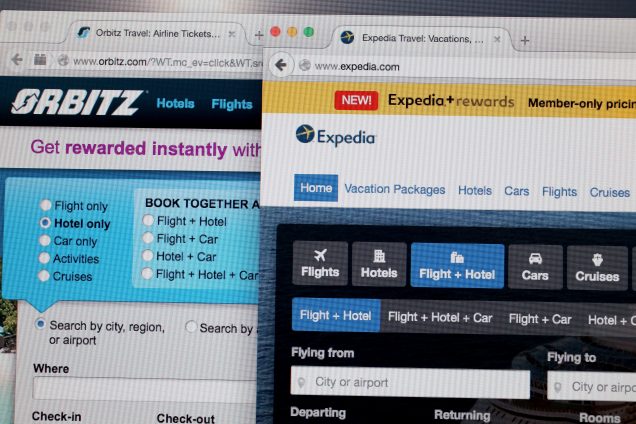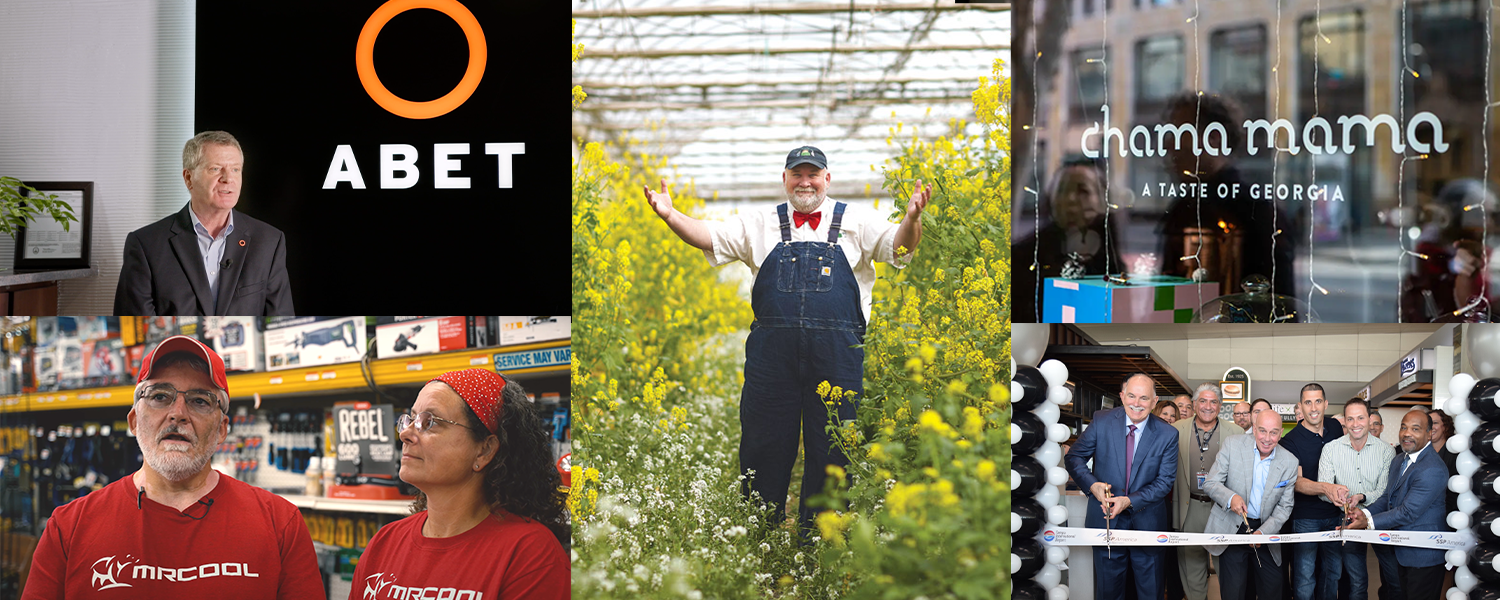Rules of Engagement: Building Brand Relationships
For brands, it’s all about more engagement – but that means more than just cultivating social media likes.
By Alex Friedman
Since my time at Boston University—back when Facebook was still in its infancy—the world has spun uncontrollably into the vortex of our portable devices. They are, after all, the gateways to our thoughts, our exchanges, our friendships, and our digital libraries. We are seemingly unable to function without the familiar feel of a phone in our pocket—its comfort carefully tucked away yet always within reach, buzzing with waiting likes and messages. We feel engaged, but we’ve never been less so.
With access always at our fingertips, we tend to overlook just how quickly society transforms our definition of engagement and connection. We hurl ourselves toward the new, forgetting how enamored we were just moments ago. Remember Friendster? Myspace? How about AIM? All have gone the way of the dinosaurs. What about something more recent like Periscope or Foursquare? Inevitably, we chase the new so quickly that we don’t take the time to understand why it matters orwhy we want it. We don’t fully understand what it means.
Today’s hyper-connected world continuously redefines what we believe “engagement” to be. As an agency, my team uses the term to define metrics that we are challenged to gauge beyond quantitative data. We frequently meet brands that are insistent on chasing these new metrics of success—the quantitative likes, shares, tweets, or comments. “They were on the website for six minutes and clicked on four pages, leaving two shares and five comments!” It’s as instantly gratifying as it is completely superficial.
It can be difficult to convince brands that there is more to engagement. The common refrain is, “well, our competition is already there, so we feel like we are behind.” While they may indeed be behind, it’s often not for the reason they think. Engagement is more than just posting or cultivating likes on Facebook, Instagram, Snapchat, and Pinterest. Clients end up chasing the social distraction instead of focusing on the real mission: building and, more importantly, maintaining a relationship with their customer.
The brands that realize engagement involves slowly building a relationship with consumers are the ones winning—not those that are vying for your “like.”
So, how do we accomplish the holy grail of customer loyalty? How do we build a relationship?
- Go back to basics: Is your product/service right?
- Have a real conversation with your customer
- Offer customers something that isn’t transactional
- Build distinct, long-term loyalty
Go Back To Basics
Let’s start by examining this issue through the lens of a hospitality brand. It’s no secret that the competition in this industry is incredibly fierce and is showing no signs of slowing down. Most brands compete by growing as large as they can to more favorably leverage a volume approach. It’s really a simple formula: the more hotels and locations serviced creates more available rooms and possible stays. In this scenario, location usually plays first, price plays second, and brand, quality, reviews, etc. fall into a bucket of imprecise mush. This presents a problem and makes many hotels seem a dime a dozen, as location and price are creating an increasingly transactional experience. Brands think they can win quickly on these factors, only to find consumers that are easily won are also easily lost.
A major reason for this? We no longer go to Marriot.com or RitzCarlton.com—we go to Kayak and Expedia. We compare. Brands need to take a step back and evaluate what they’re actually offering customers. Is it something they want or need? Can they only get this from you? If it’s the lowest price for a double bed on a Tuesday, you’re going to lose in the long run. If, however, it’s a curated experience, it’ll be harder for customers to go elsewhere.

Orbitz, Expedia, Kayak, TripAdvisor – users typically head to a site where they can compare multiple brands before booking their trip. Source: Getty Images
Have a Real Conversation
So, what is this “curated experience” customers are seeking? This may come as a surprise, but you have to actually ask them to find out—and I’m not talking about survey results or Google Analytics.
Consumers are frequently connected to the devices in their pockets and use social media without a second thought, which means you need to have a real conversation with real people about their wants and their needs. Someone may “like” your brand page for any number of reasons, which, looked at another way, suggests that whether a brand is “shared” or “endorsed” doesn’t matter in and of itself. Rather, you need to get to the why and what behind the brand, ensuring you identify whatever led to a good or bad experience.
Because keep in mind: even if you’re failing to talk to customers; they’re still talking to everyone they know. In our high-tech environment, to say word-of-mouth plays an essential part in today’s marketing strategies would be an understatement. In fact, 40% of millennials share details of a trip on social media while still traveling. The not-so-secret key to success, however, is giving them something worth talking about.
Offer Something That Isn’t Transactional
A comparing, transactional society always begins with the gateway. Kayak is a gateway, as is Google, Facebook, and many other touchpoints. When comparison happens before the sale, as on Kayak, the brand competes on a playing field dictated by the competition, price, etc. If, however, the comparison is based on a relationship or sense of loyalty, the brand dictates the basis of comparison.
Unfortunately, there may be no such thing as brand loyalty anymore. Like engagements on our devices, information moves too quickly to hold a great amount of higher meaning. In many cases, it has become algorithmic. St. Regis, a preferred hotel brand and one at which I’ve always enjoyed my stay, is disposable to me if the Ritz Carlton next door places a retargeting ad on Kayak offering me 10% off a lower rate. But not all hope is lost.
Let me paint you a picture of a successful, non-transactional differentiator I encountered. Not long ago I stayed at a Four Seasons. While there, I had a less-than-ideal dining experience, which wouldn’t have meant much on its own were it not for their response. On top of the recourse they provided at the time, the topic was again revisited the next day at checkout. The entire exchange had been more or less documented, which allowed the concierge to address and smooth over any remaining malcontent I may have had. It was a small gesture, but still an unexpected connection that has stayed with me.
Build Long-Term Loyalty
I hate to do it, but I have to go back to Facebook for a moment to really drive this point home. Facebook didn’t win quickly—it was slow, methodical, and calculated. It didn’t explode nationally, but rather expanded university by university. And by the time it got to your campus, you were begging to be included. We all meticulously curated our profiles, our pictures, and our stories. We added friends if they were real (at least at first) because our content was important and protected our self-image. We slowly added other aspects of our lives and invited others to make it more “complete.”
And now we’re stuck in a relationship. We’re not engaged – we’re married.
That portrayal may seem like a bleak version of the story, but it’s important for brands. Building long-term loyalty is about more than points and little perks. It’s about offering pleasant surprises and a personal touch. Facebook knows it’s your birthday and helps you (and all your friends) celebrate. It lets you know that the friend you’ve been meaning to call for ages finally got a dog.
Hospitality brands can take this approach to build long-term loyalty through customized offerings. If someone has previously stayed at a particular location, there’s potentially a wealth of information about things that went well or wrong on that stay. Make your next offering more personal. Maybe the customer requires an extended checkout time, or maybe you enhance their next dining experience. Either way, it’s more about the personalization than the points.
As attention fragmentation and consumer comparison continues, it’s going to become harder than ever to find your point of differentiation. But that doesn’t mean you can give up on looking – your business will depend on it.
 Alex Friedman (SHA ’06) is the president of Ruckus, a marketing, advertising, and technology agency located in Manhattan. In nearly a decade of advising clients, Alex has continually been at the forefront of developing technology – working with growing brands and Fortune clients alike. Alex is widely recognized as a thought leader in the field, with features in publications that include Forbes and Inc., among others. His expertise is often called upon to design mobile applications, implement programs that complement marketing campaigns, and advise on business strategy that impacts revenue.
Alex Friedman (SHA ’06) is the president of Ruckus, a marketing, advertising, and technology agency located in Manhattan. In nearly a decade of advising clients, Alex has continually been at the forefront of developing technology – working with growing brands and Fortune clients alike. Alex is widely recognized as a thought leader in the field, with features in publications that include Forbes and Inc., among others. His expertise is often called upon to design mobile applications, implement programs that complement marketing campaigns, and advise on business strategy that impacts revenue.
Full feature in Boston Hospitality Review can be found here.
Image source: Getty Images




